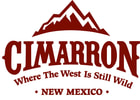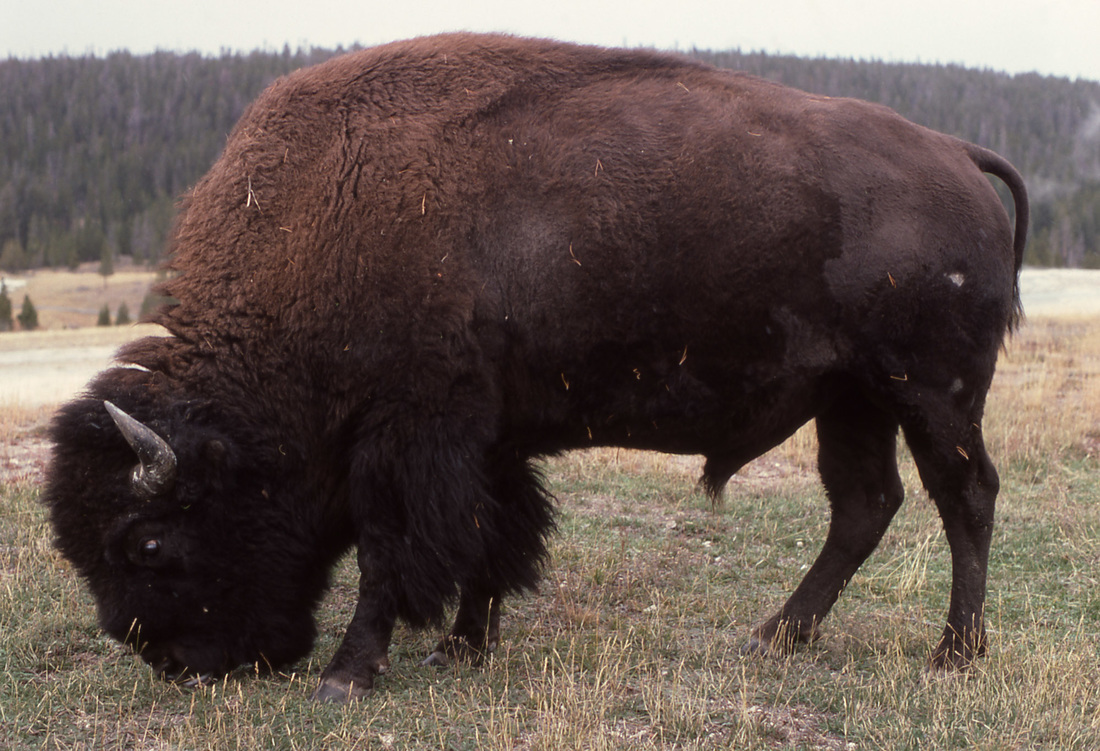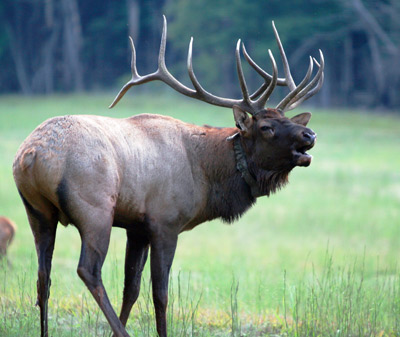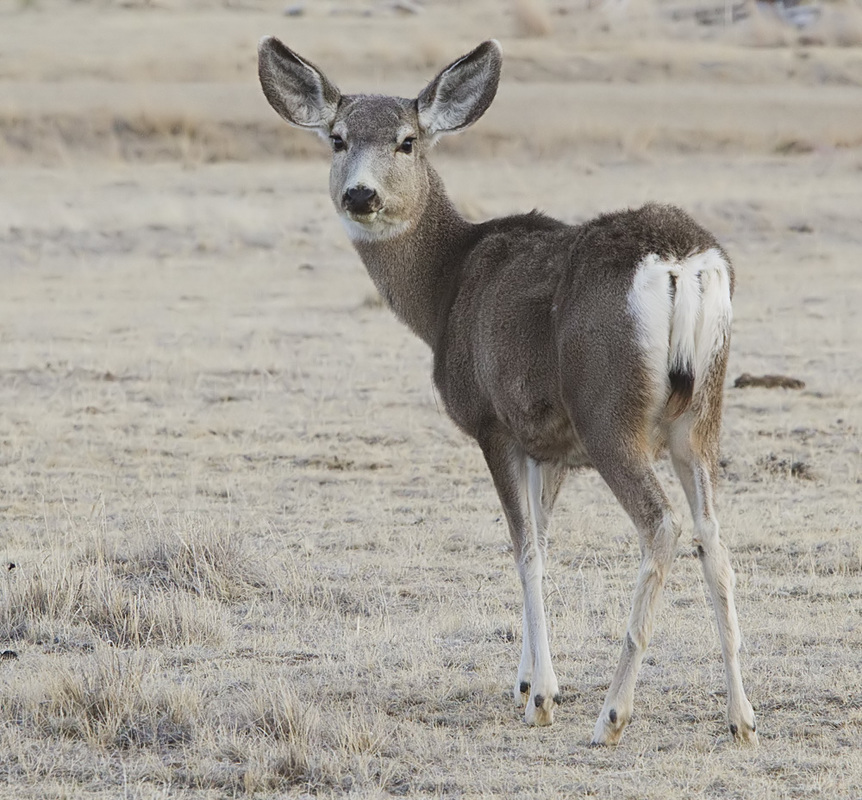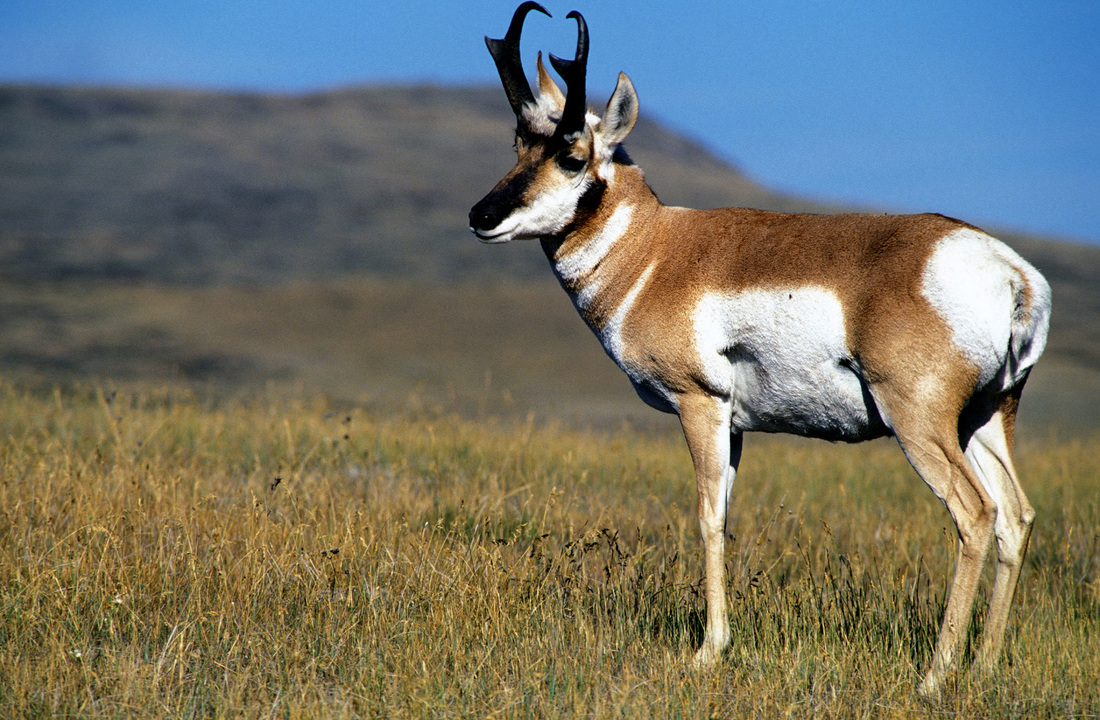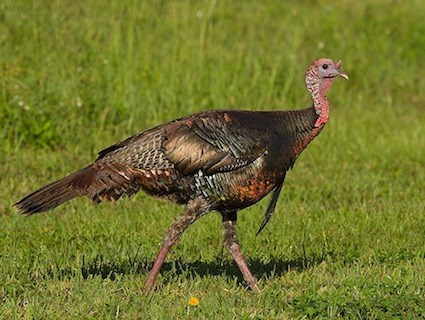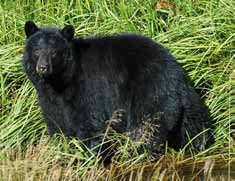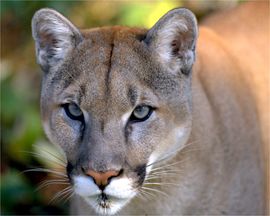WILDLIFE
Wildlife is abundant in Cimarron, and is what makes Cimarron so "wild" today. Many of our wildlife can easily be seen in town or as you're driving down the highway. Below are some of our most commonly seen wildlife. Visit the NM Game & Fish website for information on NM Hunting Rules & Info. Wildlife viewing is a great family activity while you're in Cimarron. But if you spot some, do not approach! They may look cute and cuddly, or even tame, but all of them are dangerous.
|
BISON
Ted Turner owns the world’s largest private herd of American bison, more than 51,000 animals. Many of them find their home on Vermejo Park Ranch, and when they’re out, can be seen from Hwy 64 between Cimarron and Raton. Bison are iconic symbols of the great American West. While these hulking animals once covered huge swaths of prairie land, their numbers declined to fewer than 600 by the early 20th century. The Vermejo Park bison now account for a small but growing number of free-range herds found primarily on private ranches. Visit Vermejo Park Ranch to learn more. In addition to the buffalo on Vermejo Park, the Philmont Scout Ranch also has a herd of buffalo. Philmont is a working cattle ranch, and in addition to 140 buffalo, has 250 horses, 85 burros, 320 cattle, and 7 ponies. Philmont has over 1,500 deer, 300 elk, 40-60 antelope, and 100-150 bears. You can often see many of these animals at Philmont’s base camp. Visit Philmont Scout Ranch to learn more. |
|
ELK
Nearly the largest member of the deer family, the elk is far more graceful than the bigger moose. Crowned by heavy, sweeping antlers, elk racks are cherished decorations from the castles of Europe to the cabins of La Cueva, New Mexico. Rocky Mountain elk exist in New Mexico because the state and private individuals made persistent efforts to restore the animals between 1910 and 1966. Although a private ranch started the reintroduction, Territorial Game Warden Thomas Gable made the first public releases in 1911, distributing 12 animals to three spots in the Sangre de Cristo Mountains. One of the New Mexico’s most popular places for elk viewing and hunting is the Valle Vidal unit of Carson National Forest. Visit the NM Wildlife website for information. |
|
DEER
The mule deer of New Mexico is a cherished wildlife species enjoyed by all New Mexicans that spend time in our state’s wild country and rural areas. New Mexico’s mule deer population consists of two subspecies, the Rocky Mountain mule deer and the desert mule deer. Rocky Mountain mule deer are found in the northern two-thirds of the state at the southern fringe of their temperate Rocky Mountain range. Mule deer typically rest throughout the day in protective cover, and are most often seen by humans in the early morning or late afternoon and evening when they are actively moving and feeding, often right in town. Visit the NM Wildlife website for more information. For the most likely viewing of deer, sit in the Village Park in the evening. |
|
PRONGHORN ANTELOPE
The American pronghorn antelope that grace the plains of New Mexico and much of the West is found only in North America, a true representative of western wildlife. Interestingly, it isn’t even closely related to any of the African antelope species. Pronghorns are one of North America’s most interesting mammals. Not only do pronghorns have the longest land migration in the continental United States, they also are the fastest land animal in North America. Pronghorns are ungulates (hoofed animals) and related to goats and antelope. They have the body shape of a deer with long legs, short tail and a long snout. Learn more on the National Wildlife Federation website. Antelope can easily and often be seen along flat, rural roads in the Cimarron area. Watch out that you don’t hit them as you’re driving down the highways! Antelopes have a strong propensity for jumping in front of your car! |
|
TURKEY
Once rare and nearly destroyed across much of the United States, New Mexico currently enjoys a healthy population of wild turkeys that roam the river corridors and mountainous terrain found throughout the state. Three subspecies of wild turkey live in New Mexico. The Merriam’s turkey, predominantly a mountain and coniferous forest species, has the widest distribution and is the most numerous turkey subspecies in the state. The Rio Grande turkey can be found along watercourses in central and northeastern New Mexico. Wild turkey can often be see on Philmont Scout Ranch’s base camp. For more information can be found in this publication from the NM Wildlife website. |
|
BLACK BEAR
The name black bear can be misleading. New Mexico’s black bears actually come in a variety of color phases ranging from black and brown, to cinnamon (the most common color), reddish and blonde. An adult male black bear can weigh up to 400 pounds, though the average male weighs about 250 pounds. Female black bears typically weigh between 150 and 180 pounds. Their powerful limbs each have five toes and five short, curved claws for digging and cutting. Their front feet are about as long as they are wide, but the hind feet are long and narrow and resemble a human foot. Black bears have strong muscular necks and are very adept climbers. Black bears can scramble up a tree with remarkable ease! Black bears’ potential life span may exceed more than 30 years. In New Mexico, bears have been documented to live 20-25 years. In most of their range where they are hunted the average life span is about 7-8 years. Their most frequent causes of death are hunting by humans, predation by other bears, and their becoming a nuisance by getting used to human food and subsequently having to be killed. This publication, Keeping Bears Alive And You Safe, has more detailed information about black bears in and around Cimarron. More information about black bears in New Mexico can also be found on the NM Wildlife website. |
|
COUGARS
Cougars are known by many names, including puma, mountain lion and panther. Although the scientific name, Puma concolor, means ‘cat of one color,’ the dominant tan or light-cinnamon color of the cougar is contrasted by its white chest and underside. Black appears on the muzzle, backs of the ears and the tip of the tail. Size and weight of cougars vary. Adult males are larger—often measuring up to eight feet in length and weighing 150–200 pounds. Adult females usually measure up to seven feet in length and average 90–110 pounds. Cougars are easily distinguished from bobcats (except when kittens). Cougars are much larger than bobcats, and have long tails that measure approximately one-third of the overall body length. You likely won't see a cougar while you're here, but be wary if you go out at dusk, dawn, or at night. They might be there! You may even find their paw prints in town! This link has more information on Large Predators in New Mexico. Visit the NM Wildlife website for more information on Cougars. |
Much of the information on this page comes from the links provided in the text.
